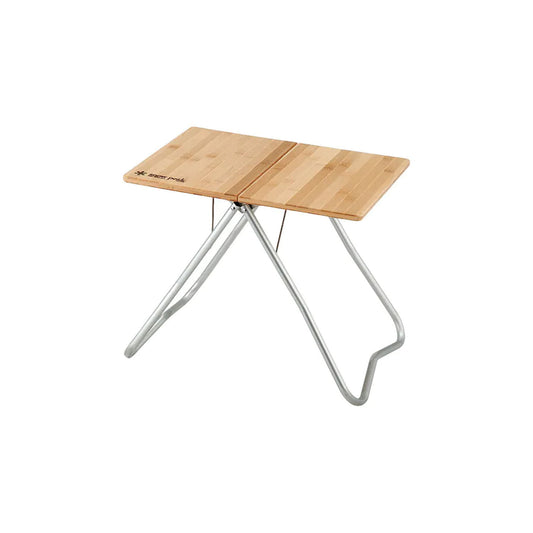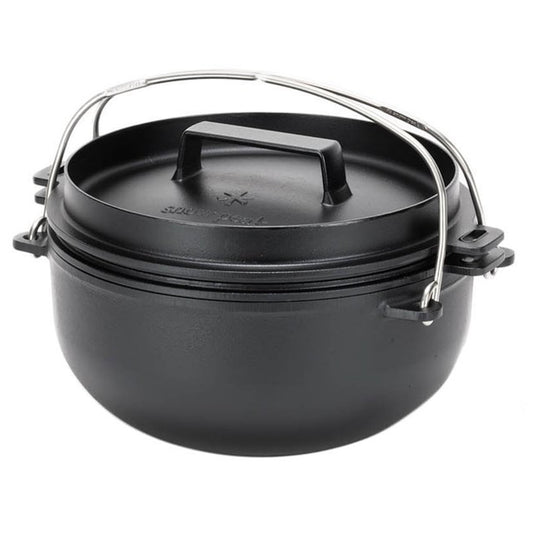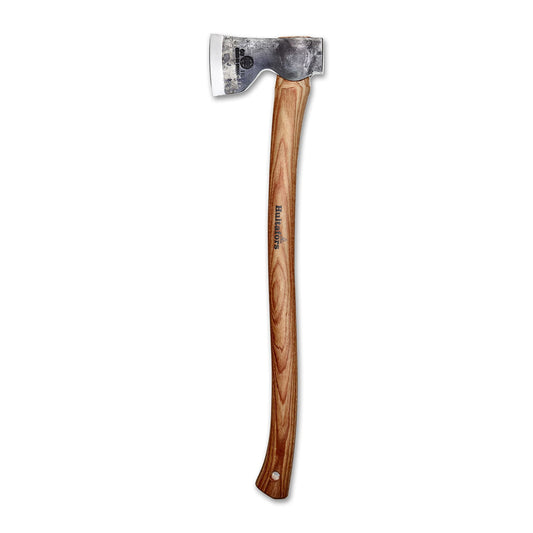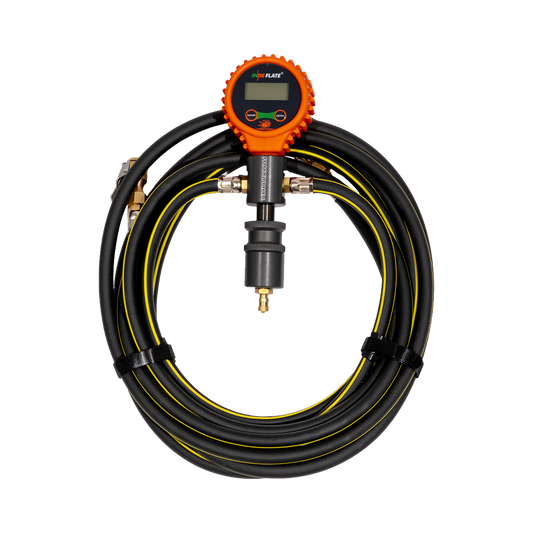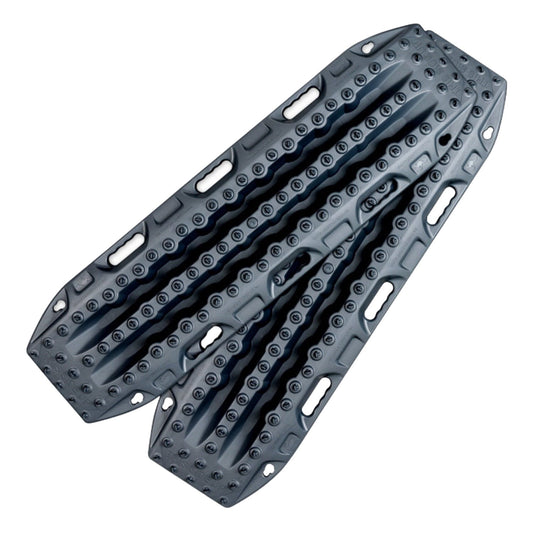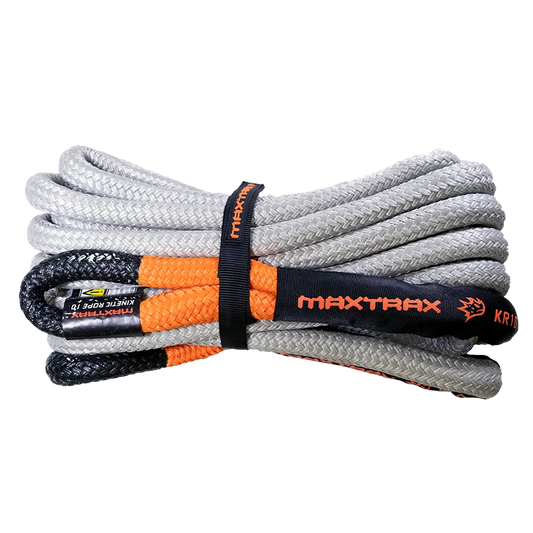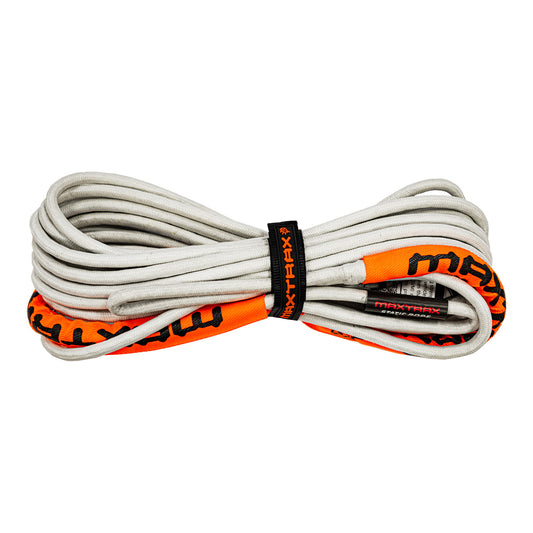
We’re always curious to see why a National Park exists. After eyeing the Kennedy Range on the map for far too long, we decided to visit. We were heading north towards Warra Station, so it was the perfect opportunity to make the diversion.

As we approached the Kennedy Range, we were hoping for something unique but hadn’t expected a steep-sided plateau towering 100 metres above the plain below. It’s spectacular, and for those that have travelled the Gibb River Road, this range has a similar look to the Cockburn Ranges near El-Questro albeit on a smaller scale.

The Kennedy Range is known as Mundatharrda to the local Inggarda people, and it’s easy to see it is a special place for them. The Mundatharrda has an enviable backyard extending from the coast near Carnarvon through the Gascoyne River to the Kennedy Range and south towards the Wooramel River.

Kennedy Range National Park Camping
Camping in the park is limited to the Parks and Wildlife Service campground at Temple Gorge. The campground is beside the range which means the view is amazing.

After the long drive from Perth, we were keen to stretch our legs, so we laced up our hiking boots and headed up Temple Gorge. From a distance, the Kennedy Range is impressive, up close the rock formations are something else entirely.



The Kennedy Range is a mesa which means an isolated flat- elevation, ridge or hill, which is bounded from all sides by steep escarpments and stands distinctly above a surrounding plain. It’s formed from 250-million-year-old compressed ocean sediment and its erosion that has carved the steep sides, deep gorges and exposed marine fossils.

There are a number of hikes in the Kennedy Range National Park, but the short one up Honeycomb Gorge is the must-do. It’s quickly apparent where the name comes when the track ends.

This spectacular waterfall would be incredible to see with flow. Hopefully one day we’ll be nearby when rain hits, and I can return to see it in full glory!


While the honeycomb is the jewel of this gorge the colours and shapes of some of the other rock formations were incredible. They had a distinct ‘Pilbara red’ feel but they were unlike anything we’d seen before in other parts of the area like Karijini National Park.


The colours and patterns in the rock-faces were also incredible. Even those with least bit of interest in geology will struggle not to take a closer look.

In 1878 Jimba Jimba was the first pastoral lease taken up near the range and it became a successful wool producer. While large areas of the current Kennedy Range National Park at one time were pastoral leases the aridness of these areas protected them from heavy grazing and left them relatively intact. In 1997 the unviable Binthalya pastoral lease was acquired to form the Kennedy Range National Park.

Our visit to the Kennedy Range National Park was a surprising joy and it was the perfect start to our trip up the coast to Warra Station and the Cape Range National Park.



